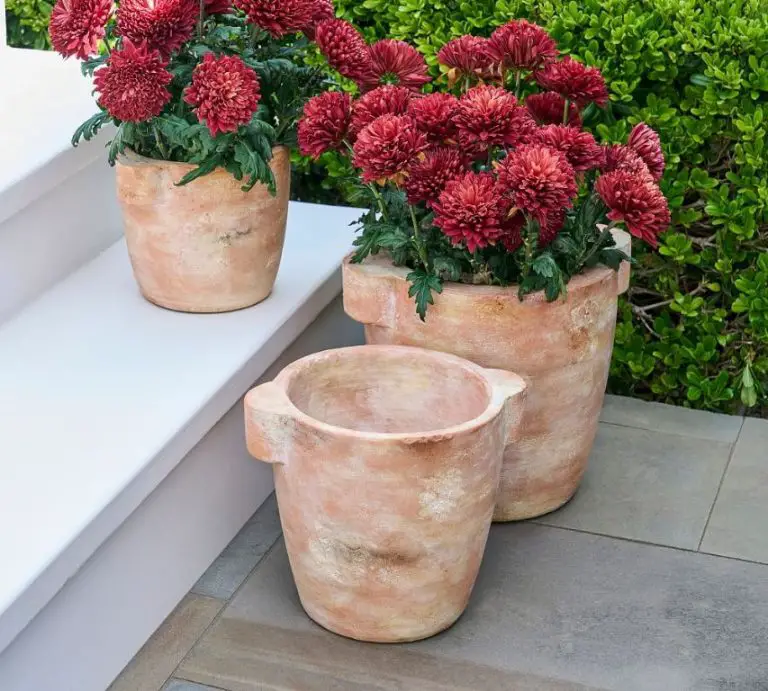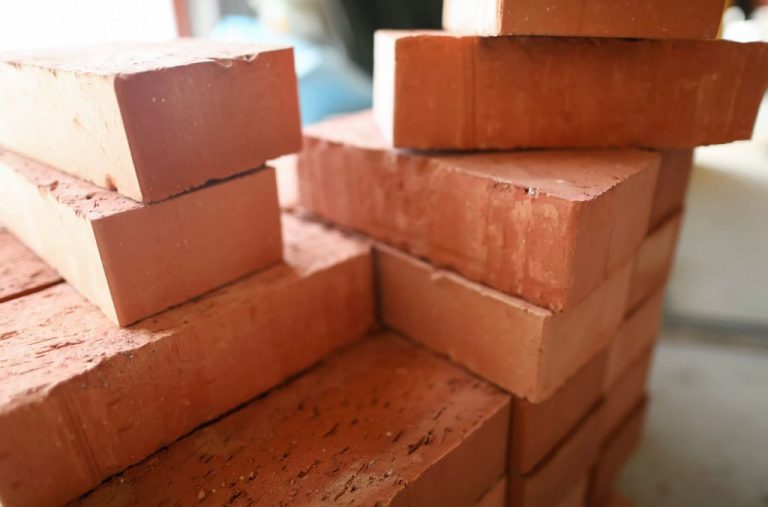What Happened To Stained Clay In Minecraft?
Stained clay was an important decorative block added to Minecraft in version 1.5 back in 2013. It allowed players to craft hardened clay blocks in 16 different colors, opening up many new building possibilities. Stained clay quickly became popular for colored builds and pixel art. However, it was eventually removed and replaced with glazed terracotta in 2017’s 1.12 update known as “World of Color.” The disappearance of stained clay was a major change that sparked discussion within the Minecraft community. While Minecraft always evolves over time, the stained clay saga remains an intriguing part of the game’s history.
In this article, we’ll take a nostalgic journey back to the days of stained clay. We’ll explore when it was added, what it was used for, why it was removed, and how players reacted. Even years later, stained clay still holds a special place in the hearts of longtime Minecraft fans.
What Was Stained Clay?
Stained clay was a building block that was added to Minecraft in version 1.6 back in 2013. It came in 16 different color variations that players could craft by combining clay balls with dyes. The colors available were white, orange, magenta, light blue, yellow, lime, pink, gray, light gray, cyan, purple, blue, brown, green, red and black.
Stained clay had a uniform, flat-colored texture on all sides that made building with it very smooth and consistent for large projects. The different colors allowed players to add a lot of visual variety and vibrancy to their builds. Many players enjoyed using stained clay for medieval or desert themed structures.
To craft stained clay, players first needed to find a clay source block and mine it to get clay balls. Then they would combine the clay balls with dyes in a crafting table. Each dye color corresponded to a different stained clay color. Once crafted, stained clay could then be placed as blocks in the world.
When Was Stained Clay Introduced?
Stained clay was introduced in Minecraft version 1.6, also known as the Horse Update. This major update was released on July 1, 2013 and added a number of new features to the game.
Some of the other notable additions in the 1.6 update included:
- Horses
- Donkeys
- Mules
- Name tags
- Lead
- Hay bales
- Hardened clay
- Coal blocks
- Weighted pressure plates
So stained clay was added alongside several other build-related blocks during a fairly significant content update for Minecraft. This update helped pave the way for more colorful and diverse building palettes for players.
Stained Clay Uses
When it was first introduced, many Minecraft players utilized stained clay blocks extensively for builds and projects. The vibrant colors and texture of stained clay made it ideal for decorative purposes.
Some common uses of stained clay included:
- Building brightly colored houses, sculptures, pixel art, and more
- Designing roads, pathways, floors using different stained clay colors
- Adding color to landscapes and terrain for biomes like mesa
- Decorating the interior and exterior of medieval, modern, or creative theme builds
- Crafting stained glass by combining stained clay and glass blocks
- Making rainbow builds, color gradients, or color blocking designs
Stained clays versatility and aesthetic made it popular for accents, details, and color schemes. Players used it for everything from quaint cottage houses to futuristic cities. The block enabled new creative expression in the game.
The Removal of Stained Clay
Stained clay was removed in Minecraft version 1.12, which was dubbed The World of Color Update. This update overhauled the coloring system in Minecraft by introducing new blocks like concrete, glazed terracotta, and colored beds.
The development team decided to remove stained clay in this update to streamline and simplify the coloring system. Prior to 1.12, there were multiple overlapping blocks like wool, stained clay, stained glass, etc. that could be dyed into different colors. This was seen as redundant and potentially confusing for players.
By consolidating the color options into concrete, glazed terracotta, and a few key blocks, the developers felt they could offer more aesthetic choices while making the system easier to understand. Concrete in particular was meant to replace stained clay as a colorful building material.
Overall, stained clay was removed in favor of blocks that fit better with the new color mechanics added in The World of Color Update.
What Replaced Stained Clay?
When stained clay was removed in the 1.12 update, a new block called terracotta was added to replace it. The biggest difference between stained clay and terracotta is in their textures and crafting recipes.
While stained clay had a smooth uniform texture, terracotta has a more varied and cracked appearance, with lots of darker details that make each block look more earthy and clay-like. The crafting recipe for terracotta also requires baking the clay in a furnace, fitting with its fired clay theme.
In terms of usage, terracotta serves largely the same purpose as stained clay. It comes in the same 16 vibrant colors that can be used decoratively for builds. However, its unique texture gives it a different look and feel that many builders prefer over the flat stained clay.
Overall, terracotta was added to provide a similar colorful block while also giving builders a new aesthetic option. The transition allowed more diversity in clay blocks within Minecraft.
Community Reaction
How the Minecraft community reacted to the removal of stained clay was quite nostalgic. Stained clay had become an integral building material for many players since its introduction years earlier. Its bright colors and ability to be dyed into any hue made it extremely versatile for constructing bold and vibrant structures. Many builders had incorporated stained clay into their creations as a signature look.
When stained clay was removed in 2017, there was an outpouring of nostalgia and disappointment from the player base. Longtime Minecraft fans who had used stained clay extensively expressed sadness to see it go. There was a sentimental attachment not just to the block itself but to the colorful builds it had enabled. Players reminisced fondly about their stained clay constructions and the creative potential the blocks unlocked.
On Reddit, Twitter, YouTube and Minecraft forums, tributes poured in celebrating stained clay’s legacy. Players posted screenshots of stained clay structures they had built over the years. Some recreated their stained clay creations in newer versions using concrete. But most agreed that while concrete was a decent replacement, it just wasn’t the same as the original stained clay. There was a charm and aesthetic that stained clay had that could not be replicated.
The removal of stained clay marked the end of an era in Minecraft’s history for many veteran players. And the community’s reaction showed just how beloved the colorful blocks had become since their addition years earlier. Stained clay left behind a lasting legacy and nostalgia.
Stained Clay Texture Packs
Many Minecraft players were disappointed when stained clay was removed and have created texture packs to restore its look. These texture packs replace the textures for terracotta with the old stained clay textures from pre-1.12 versions.
Some popular stained clay restoration texture packs include:
- Old Days Texture Pack
- Bare Bones Texture Pack
- Past Craft Texture Pack
To install a texture pack:
- Download the texture pack file, usually a .zip or .mcpack file.
- Open the Minecraft launcher and click “Texture Packs” on the bottom left.
- Drag and drop the texture pack file into the Texture Packs page.
- Select the texture pack from the list and click “Done”.
- Join a world in Minecraft to see the restored stained clay textures.
Texture packs allow players to bring back the old stained clay look and feel. They are easy to install and customize Minecraft visually without altering gameplay.
Stained Clay in Modern Minecraft
While stained clay blocks are no longer obtainable in vanilla Minecraft, existing stained clay blocks still generate naturally in Mesa biomes. This means that players can still find and collect stained clay blocks in Mesa biome variants such as the Bryce and Wooded Badlands.
Currently, the main use for existing stained clay blocks is decorative building. The vibrant colors of stained clay make it ideal for adding colorful accents and patterns to builds. Many players will collect large amounts of stained clay blocks from Mesa biomes to use in colorful houses, art pieces, murals, and more.
Additionally, players sometimes use stained clay for nostalgia builds. Recreating old builds or mini-games that used stained clay allows players to revisit the look and feel of older versions of Minecraft.
While no longer craftable, stained clay remains a unique decorative block. For builders and explorers alike, Mesa biomes offer the only renewable source of this colorful piece of Minecraft history.
Conclusion
In summary, stained clay was a vibrant building block introduced in Minecraft 1.6 that allowed players to dye clay different colors. It provided new decorative options for builds and pixel art. However, stained clay was removed in 1.12 and replaced with glazed terracotta, which has a more polished and ceramic texture. This change significantly impacted the Minecraft building community, requiring texture pack adjustments and build updates. While controversial, it demonstrated Mojang’s willingness to make major changes to vanilla blocks and mechanics years after introduction. Stained clay left an imprint on Minecraft history as an iconic building block of its era, but new options like glazed terracotta continue the spirit of colorful construction into future versions.


